In Western Classical Music, the Baroque period often marks the start of the common practice period. Lasting from around 1600 to 1750, the Baroque period succeeded the Renaissance period of the early Western Classical Period. It was then followed by the Classical period around 1750, with the introduction of the Galant style.
The Baroque period is usually split into three phases – early Baroque (1600 to 1640), middle Baroque (1640 to 1680), and late Baroque (1680 to 1750). Most of the well-known Baroque compositions that we hear today were composed in the late Baroque period.
With that, let us talk about some of the features of music composed in the Baroque period, together with some of the composers who lived through this time.
History of the Baroque Period
Before we dive into the history of Baroque music, let us talk a little about other events that happened during the Baroque period. One of the most significant events of that time would be the Thirty Years’ War between the Holy Roman Empire (today Germany, Italy, and France). This was also the time of Shakespeare, which marked the peak of English literature.
During the early Baroque period, most composers preferred homophony over polyphony seen in the music of the Renaissance period. This is due to their opinions about expressing words more clearly with a single main melody accompanied by chords. However, this was reverted a century later in the late Baroque period. During this time, people also used music to accompany texts with strong emotions. This was especially so in Italy and eventually led to the creation of the Baroque opera.
Moving on to the middle Baroque period, major and minor scales started to take over the medieval scales, which had been used for centuries. These scales eventually made their way around the entirety of Europe and were established as the tonal basis for a large number of compositions. Instrumental music also became popular, where a considerable number of works were composed for specific instruments. One of the most popular would be the string instruments – the violin, viola, cello, and double bass.
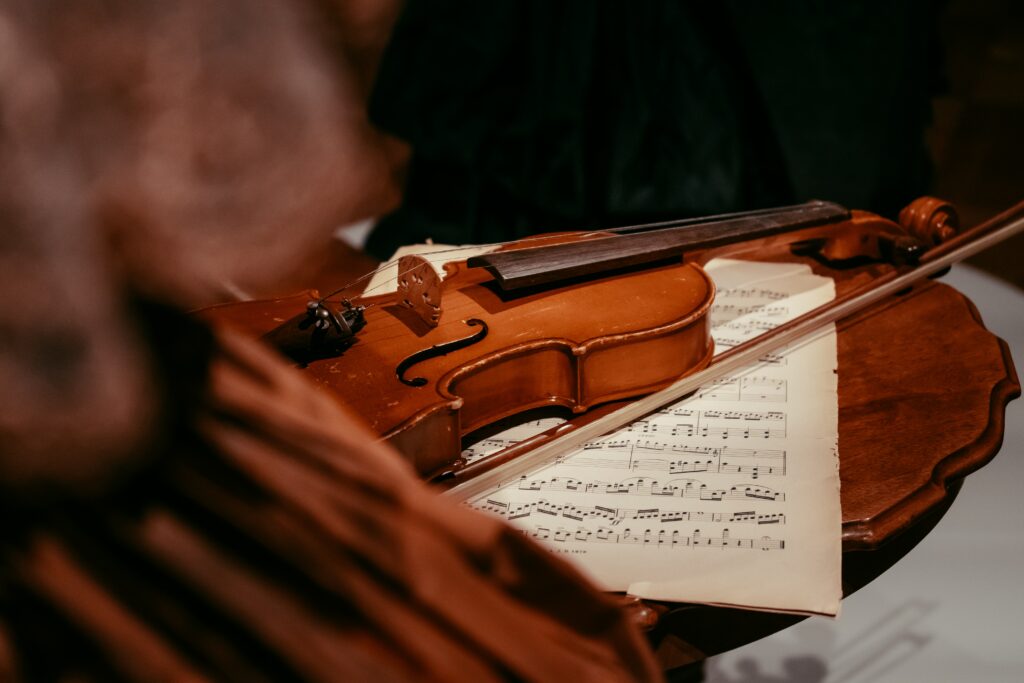
Characteristics of Baroque Music
Chords and Basso Continuo
Compared to the Renaissance period, chords were more critical – this gave rise to a more prominent bass part as the foundation of the piece’s harmony. As such, the piece’s structure lies on top of the bass part. This also gave rise to the most distinct feature of Baroque compositions – Basso Continuo.
Basso continuo is an accompaniment technique played by two or more instruments. This includes a keyboard instrument and a bass instrument, such as the cello or the bassoon. The keyboard player will play the bass part on the left hand and a chord improvisation on the right. This is known as figured bass – numbers specifying the basic chords rather than the way the player should play these chords accompanies the bass part.
Aside from giving the freedom of improvisation to players, this also helped Baroque composers save time compared to writing out every note. It also helped to save paper, which was expensive during that era.
Dynamics
A key feature of dynamics in Baroque music is the terraced dynamics – alternating between f and p. This usually occurs suddenly; the dynamics of Baroque pieces otherwise remain constant. The continuity of dynamics made the use of the harpsichord and organ widespread.
Melody
Melodies of Baroque compositions play a role in the feeling of continuity. For example, a melody heard in the piece’s opening is often repeated throughout the remainder of the piece. While composers may include variations, the overall character of the melody usually remains the same.
Baroque melodies often expand and unfold as the piece progresses and give an elaborate and ornamental impression. This gives an impression of a dynamic expansion instead of a symmetrical or balanced melody.
Rhythm
The rhythmic patterns of Baroque compositions are often repeated throughout the piece. This conveys the unity of mood, which we will discuss in a while.
Texture
As mentioned earlier, homophony was preferred in the early Baroque period, but polyphony was preferred later on. The soprano and bass lines are usually the highlights of the piece. Imitation of lines was also often used, where a melody heard in a voice will probably show up in another. However, this depends on the mood of the piece and the composer – Bach would use more polyphony while Handle would use a mix of both homophony and polyphony.
Unity of Mood
In most cases, Baroque compositions only express a single mood – if a piece begins solemnly, it will end solemnly. Emotions were expressed using musical language, with certain rhythms or melodic patterns representing a particular emotion. However, this does not apply to vocal music, which contrasts emotions based on its text. Despite this, moods are often sustained for a certain period before changing to another.
Words and Music
Like Renaissance music, Baroque pieces depict the definition of words used in a text – heaven may be represented with a high note, whereas hell may be represented with a low note. In addition, rising and descending scales may depict an upward and downward motion, respectively.
Baroque Composers
Here are some of the most well-known composers in the Baroque period.
| Composer | Notable Compositions |
| Henry Purcell (1659 – 1695) | Dido and Aeneas, Z. 626 |
| Antonio Vivaldi (1678 – 1741) | La Primavera, RV 269 L’Inverno, RV 291 |
| Johann Sebastian Bach (1685 – 1750) | Das wohltemperierte Klavier, Prelude and Fugue in C major, BMV 846 Suite No. 3 in D major, 2nd Movement, BWV 1068 |
| George Frideric Handel (1685 – 1759) | Messiah, HWV 56 Water Music: Suite in D major, 2nd movement, HWV 349 |
Other notable composers include Monteverdi, Frescobaldi, Corelli, Domenico, Alessandro Scarlatti, Couperin, Lully, Charpentier, Rameau, Praetorius, Schein, Scheidt, Schutz, and Telemann.
Baroque Music
Baroque Orchestra
Compared to orchestras today, Baroque orchestras were small, often comprising 30 to 40 players. Some orchestras even had only ten players! These orchestras centred around the strings instruments, and the instruments that make up the orchestra varied. Most composers selected the orchestra’s instrumentation carefully, often experimenting with different instrument combinations.
Baroque Forms
Most of the musical forms were used during the Baroque period – binary, ternary, continuous, and undivided. However, the most distinct form during this time is the Ritornello form. This was usually seen in the first and last movements of the Concerto Grosso. In addition, the Concerto Grosso featured a small group of soloists playing against the tutti – this was seen in the late Baroque period.
The Ritornello form is based on the alternating solo and tutti sections. The tutti first plays a ritornello – a refrain, which would then return in fragments with modulations. The ritornello then returns to the original key at the end of the movement.
Baroque Suite
Baroque suites were movements inspired by the native dances across Europe. Most suites often began with a French Overture. There are many forms of suites, including gallantries. However, these are some of the most common suites in this era.
Allemande
The Allemande is a stately dance with a moderately fast tempo in a duple metre with German origins. It usually begins with an upbeat and has a flow of quavers and semiquavers.
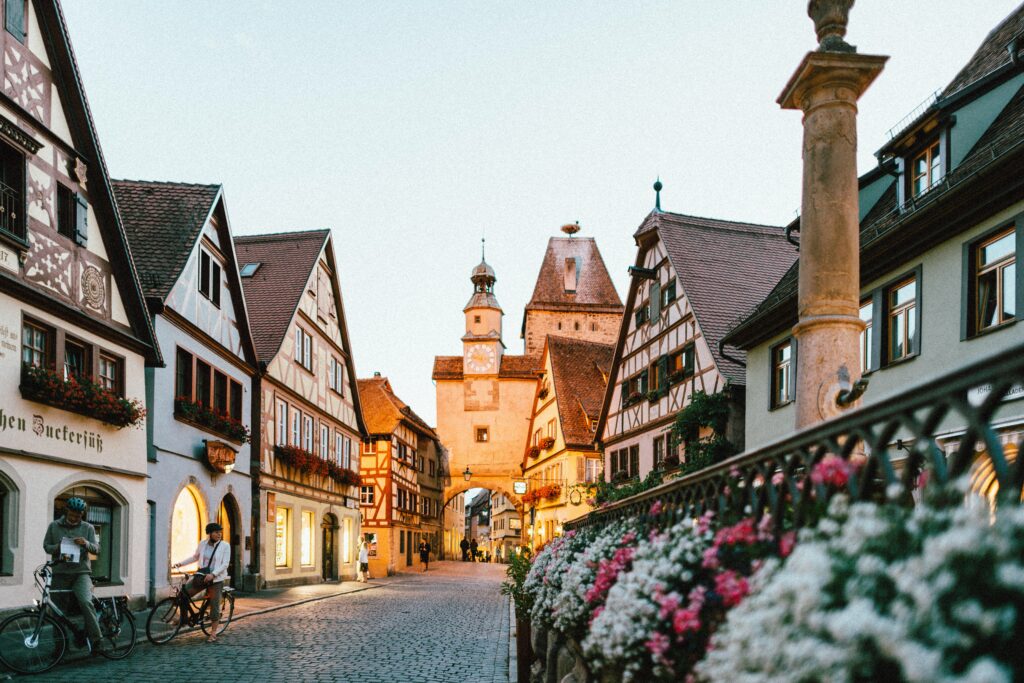
Courante and Corrente
The Courante is a French dance with a tempo similar to the Allemande. However, it is in triple metre. The Corrente is the Italian version of the Courante, with a slightly faster tempo.
Sarabande
The Sarabande is a stately dance of French origins with a slow tempo. It features a triple metre and has an emphasis on the second beat of the bar.
Gigue
The Gigue is a fast, energetic dance that originated from the British Isles. It is written in compound metre and has leaps in its melodic lines.
Fugue
Fugues are polyphonic pieces based on a single subject. The different melodic lines –three, four, or even five, imitate the subject throughout the composition. Fugues have a fixed opening, where the soprano enters first, followed by the alto, the tenor, and the bass. Beyond that, the composition is highly flexible and up to the composer’s creativity.
Baroque Opera
Most of us have an idea of what operas are, but the operas we know today were developed during the Baroque period. First, the librettist, or writer, of the opera will compose the libretto – the opera’s text. Composers will then work hand-in-hand with librettists to match the opera’s music with the libretto.
The Renaissance-invented opera evolved into the Baroque opera with the rise of virtuoso singers. These included castratos – boys who were castrated before puberty. These castratos were highly paid as they had a man’s lung capacity and a woman’s vocal range.

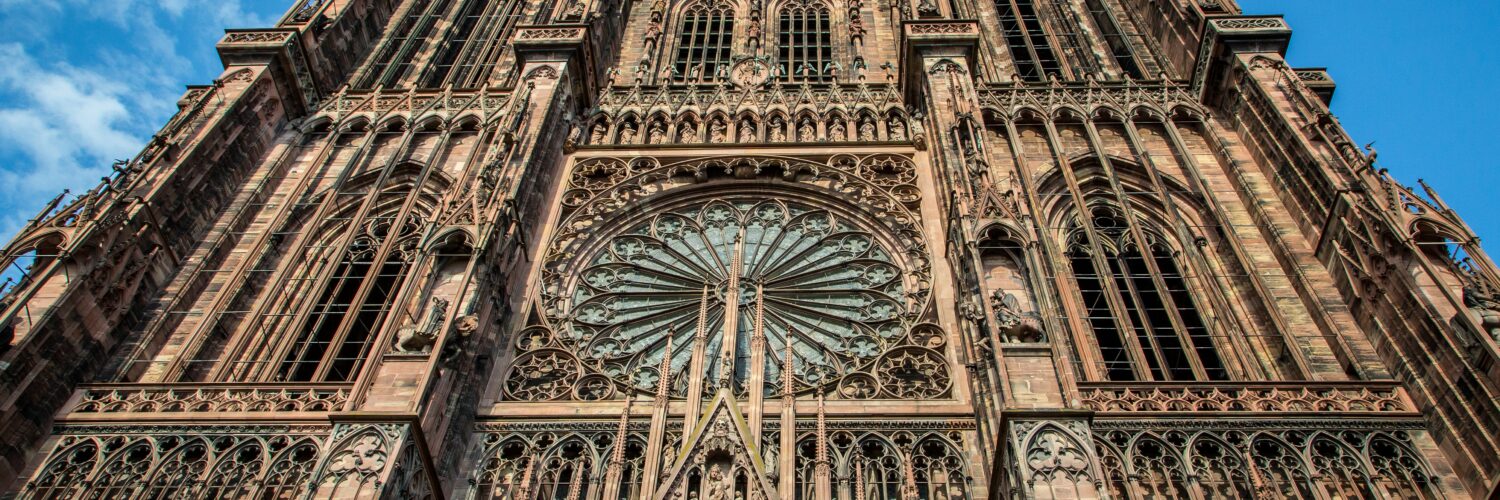
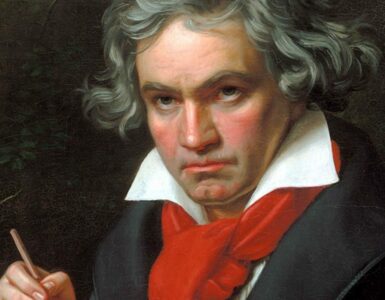
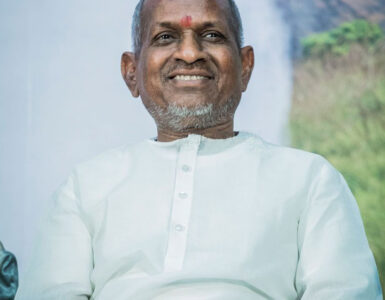
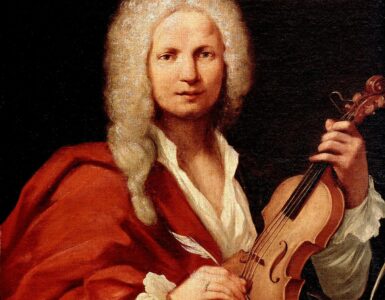
Add comment